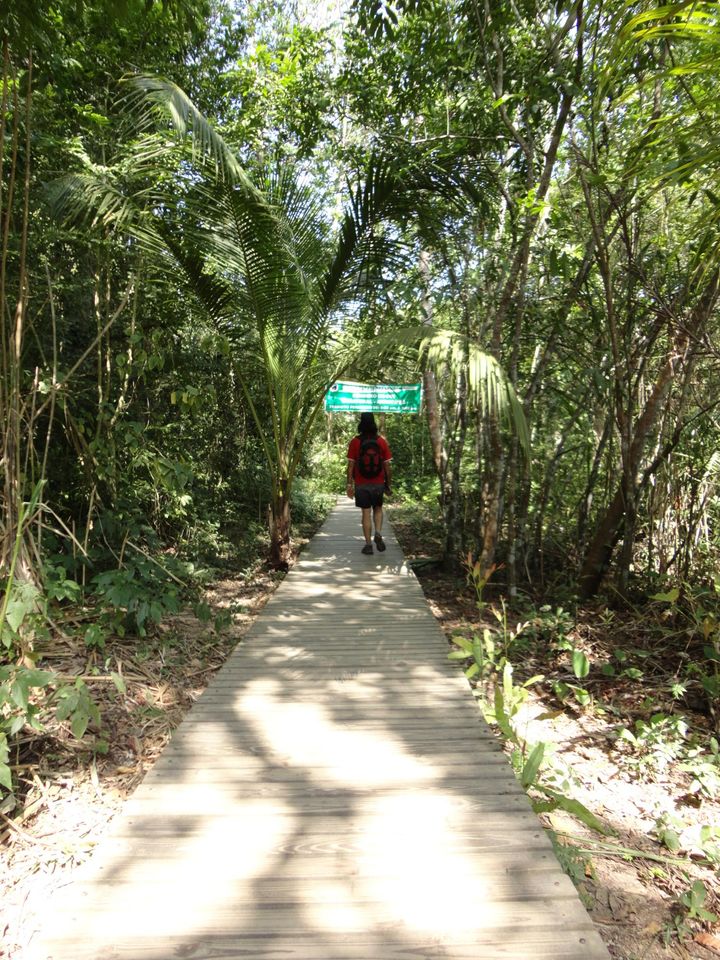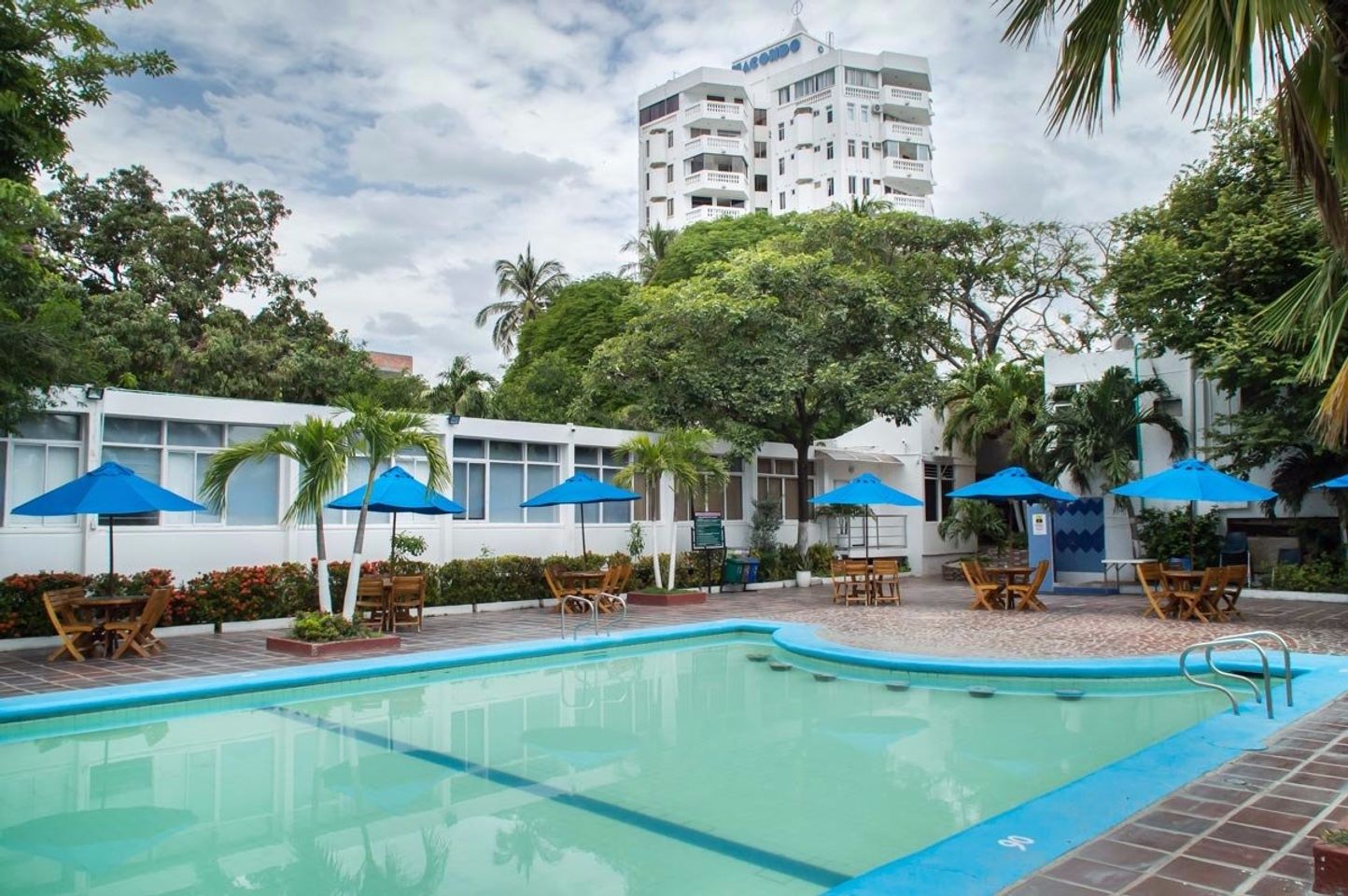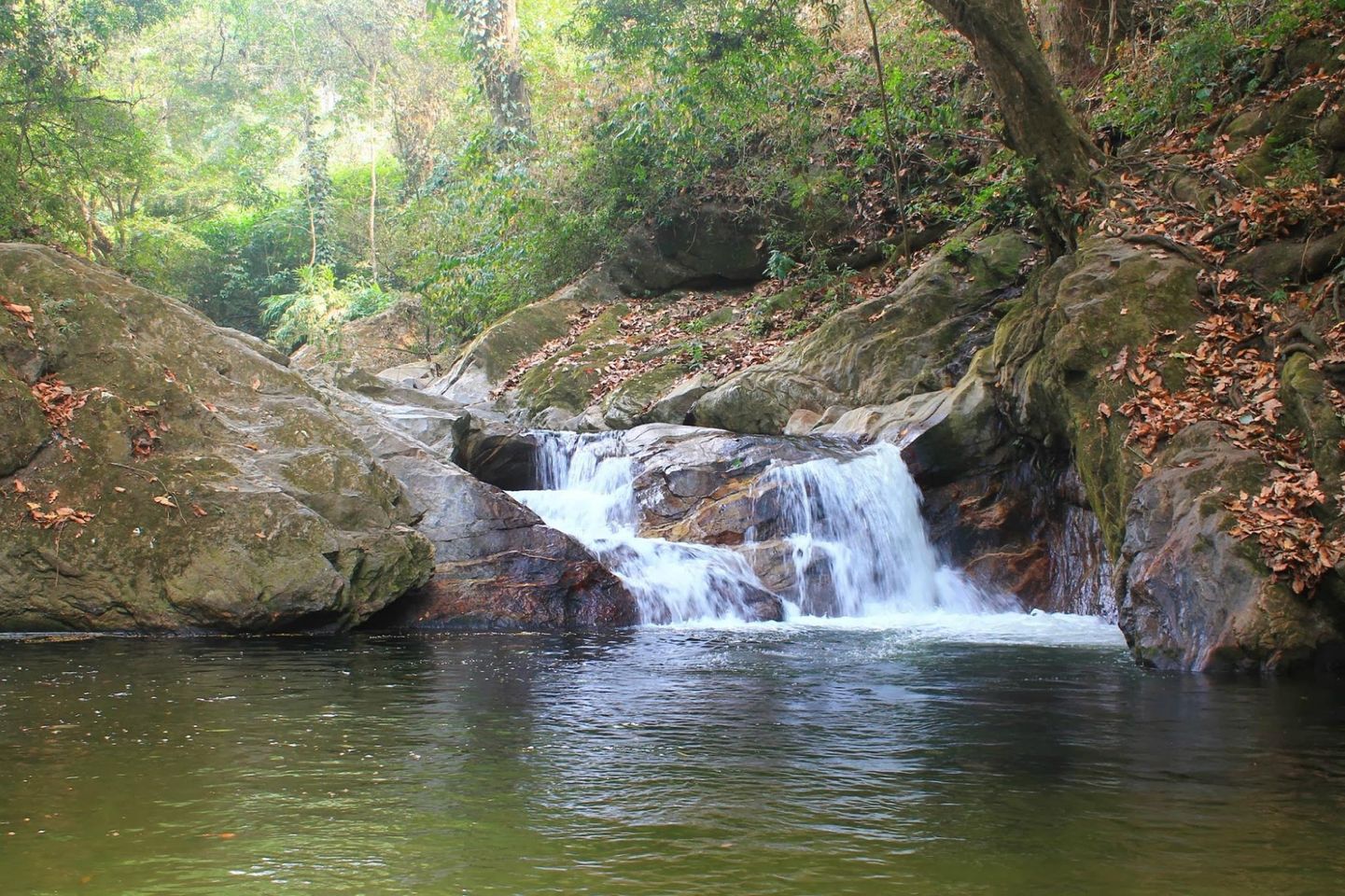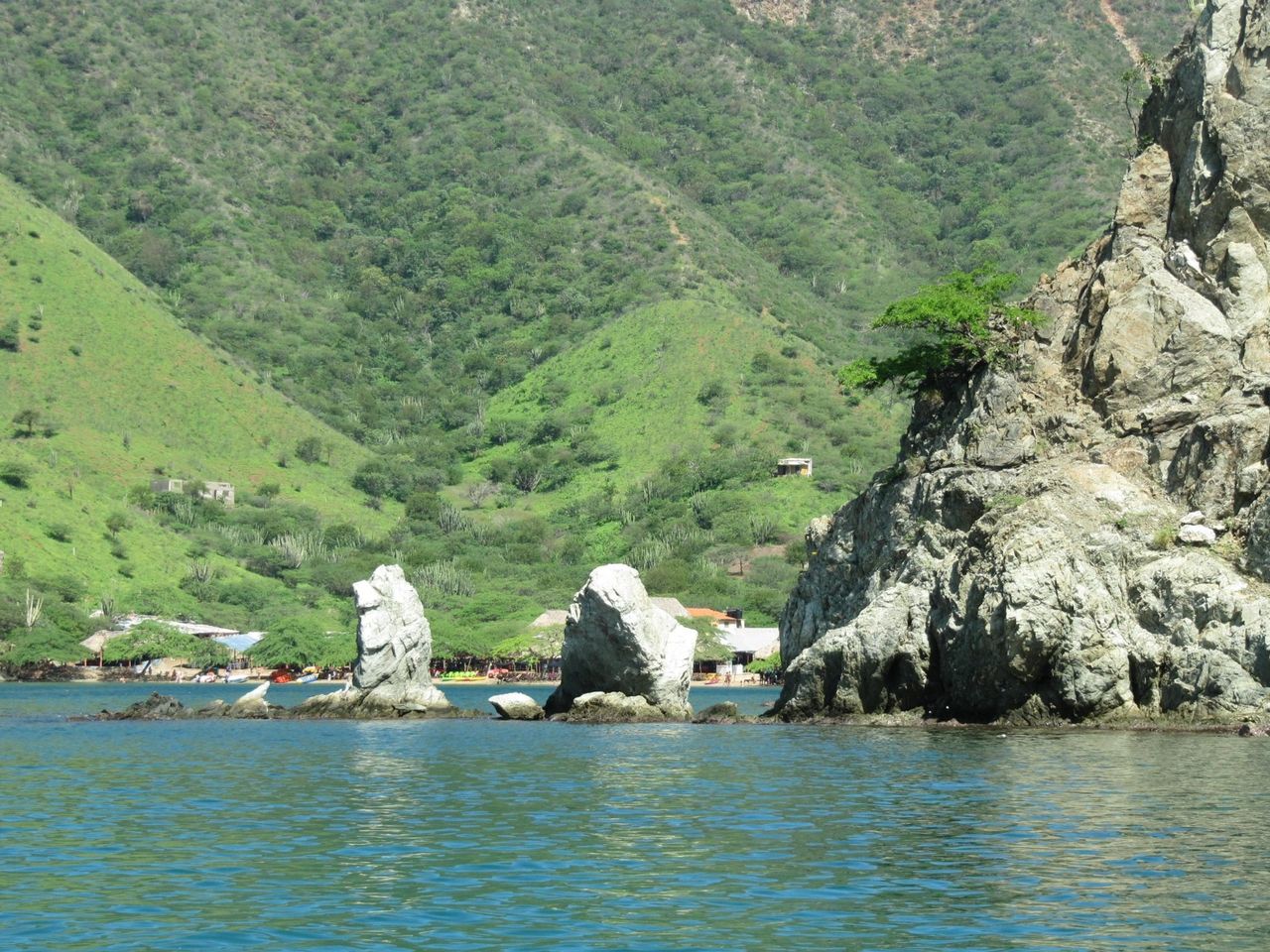Discover Ancient Treasures at Colombias Lost City
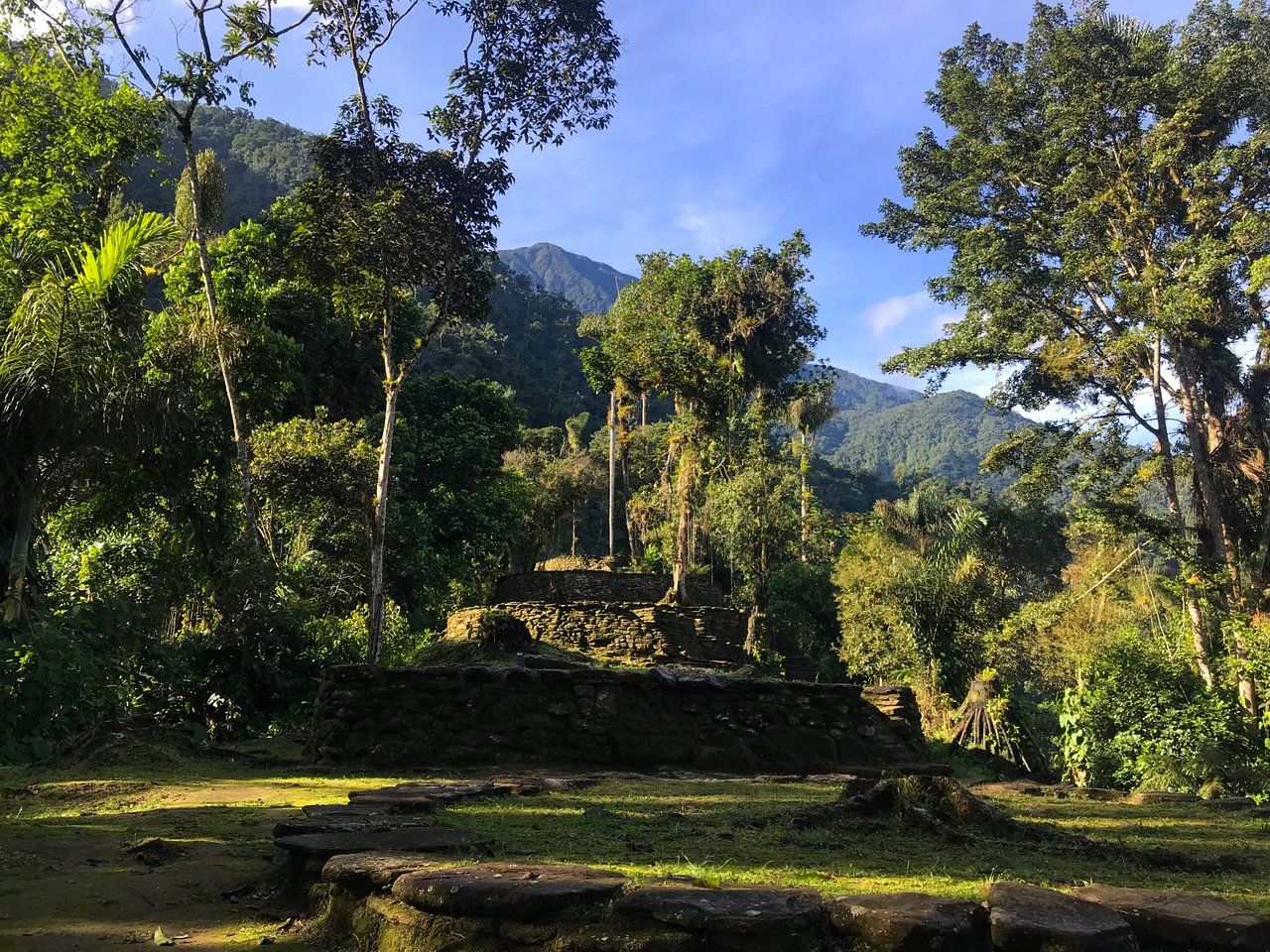
Nestled deep within the Sierra Nevada de Santa Marta mountain range in Colombia lies an ancient city shrouded in mystery and intrigue. Dubbed the Lost City – or Ciudad Perdida in Spanish – this enigmatic and awe-inspiring destination has captured the imaginations of adventurers and history buffs alike. Believed to have been built by the Tairona indigenous tribe over 1,000 years ago, the Lost City is a testament to the ingenuity of our ancient predecessors.
Despite being a popular tourist destination, the Lost City is not without controversy. The Colombian government has struggled to balance the preservation of the site with the influx of visitors seeking to explore the ruins. Additionally, the indigenous peoples of the Sierra Nevada de Santa Marta have expressed concerns about the impact of tourism on their culture and way of life. These issues, however, have not deterred visitors from flocking to the Lost City to marvel at the remnants of a bygone era.
In this article, we will examine the Lost City in Santa Marta, Colombia, from our perspective. We’ll explore the city’s history, the controversies surrounding its preservation and tourism management, and offer our opinion on whether the Lost City is worth the hype. Join us on this journey of discovery, as we uncover the fascinating mysteries of this legendary site. Click here to access the complete city guide for Santa Marta.
Archaeological significance
As we embark on a journey to explore the mysterious Lost City in Santa Marta, Colombia, there is an important aspect that we simply cannot ignore – the archaeological significance of this ancient site. Ciudad Perdida is one of the largest pre-Columbian cities in South America, and its ruins are a testament to the advanced civilization that once thrived in this region. As responsible tourists, it’s our duty to respect and appreciate the historical importance of this site.
Every step we take in Ciudad Perdida should be mindful of the delicate balance between preserving its historical significance and allowing visitors to experience its beauty and intrigue. The archaeological significance of this site should guide our every move, from the way we walk around the ruins to the way we interact with local guides. It’s essential that we don’t damage any structures and avoid touching any artifacts, as even the smallest act of carelessness can have lasting negative effects on this ancient site.
Moreover, as we immerse ourselves in the Lost City’s awe-inspiring environment, let’s try to picture ourselves living during the city’s peak centuries ago. By doing so, we can truly appreciate and enhance the wonder that comes with visiting Ciudad Perdida. Let’s keep in mind the archaeological significance of this site and put in an effort to be responsible and ethical tourists. Through our actions, we can help ensure that future generations will also have the opportunity to explore and appreciate this incredible piece of history.
Cultural significance
As we embark on a journey to the Lost City in Santa Marta, we must acknowledge that we are not just visiting a historical site, but also an essential part of Colombia’s cultural heritage. The City represents the remnants of an ancient civilization that flourished in the region, and its significance goes beyond its archaeological value. For the indigenous people of the Sierra Nevada, the Lost City is a sacred place that holds great spiritual and cultural significance.
It is crucial to approach the Lost City not only with a sense of awe and curiosity but also with respect and reverence. The journey to the City is strenuous and requires a certain level of physical fitness, but it is also a spiritual pilgrimage that should not be taken lightly. As visitors, we must adhere to the rules and regulations that are in place to preserve the City’s integrity and respect the indigenous people’s beliefs and traditions.
Visiting the Lost City can be a life-changing experience, but it is our responsibility to ensure that our presence does not compromise the City’s cultural significance. As we traverse through the Lost City, let us be mindful of its historical and cultural value and treat it with the utmost care and reverence. Only then can we truly appreciate the magnitude of what we are witnessing and honor the legacy of those who came before us.
Tourism and accessibility
As experts, we understand the importance of accessibility in the tourism industry. When it comes to visiting cities like Lost City in Santa Marta, we believe visitors should be aware of the potential challenges they may face.
While Lost City is undoubtedly a stunning destination, it’s crucial to consider the physical demands of the trip. Trekking through the jungle for several days at high altitude can be challenging for anyone, particularly those with mobility issues or health concerns. Therefore, we advise visitors to evaluate their fitness levels before embarking on this adventure and to communicate with tour companies about any necessary accommodations.
Another aspect to consider when it comes to accessibility in Lost City is the language barrier. Although most tour companies offer bilingual guides, it can still be difficult to communicate with locals who only speak Spanish. We encourage visitors to take Spanish lessons before their trip or to have a translation app on hand to facilitate communication.
Ultimately, we believe that every tourist should have the opportunity to experience Lost City’s wonder. However, it’s essential to plan ahead and ensure that the trip is accessible and enjoyable for everyone. With the right preparation, a trip to Lost City can be a life-changing experience that creates memories that will last a lifetime.
Conclusion
In conclusion, the Lost City in Santa Marta, Colombia is a hidden gem that deserves more recognition. The journey to get there may be challenging, but the rewards are priceless. From breathtaking scenery to meeting indigenous communities, the experience is one of a kind. We can only hope that the government and tourism industry take steps to preserve the site and promote sustainable tourism.
The Lost City offers a unique opportunity to connect with nature, history, and culture. It is a powerful reminder of the beauty and resilience of indigenous communities and their rich heritage. We must appreciate and respect these treasures, not exploit them for profit. Let us learn from the past and embrace a future that values preserving and sharing the wonders of our world.
In the end, the Lost City is not truly lost; it is waiting for us to discover it with an open mind and heart. It is an invitation to explore and appreciate the diversity and wonder of our planet. We must accept it with gratitude and responsibility, for the sake of ourselves and future generations. Let us embark on this journey of discovery and wonder, and cherish every step of the way.

